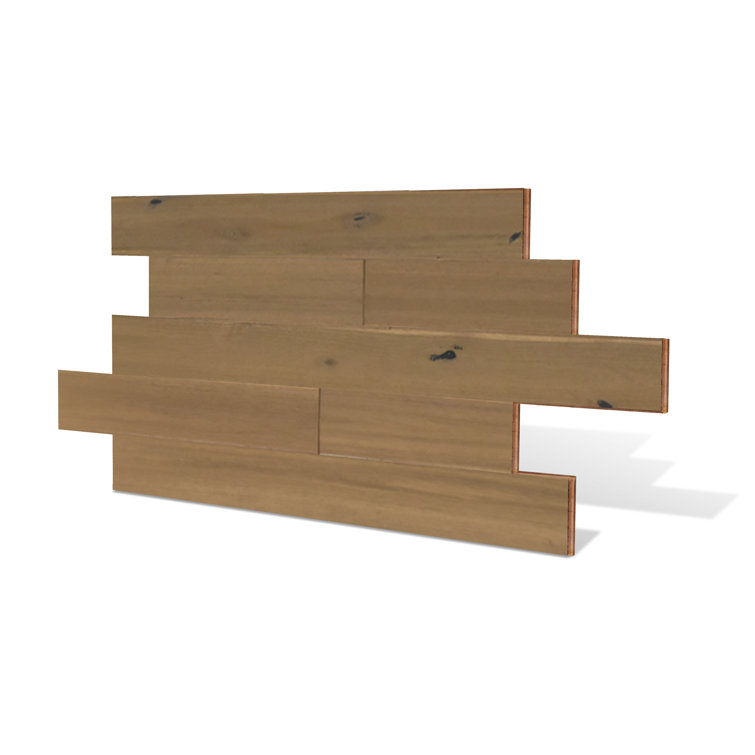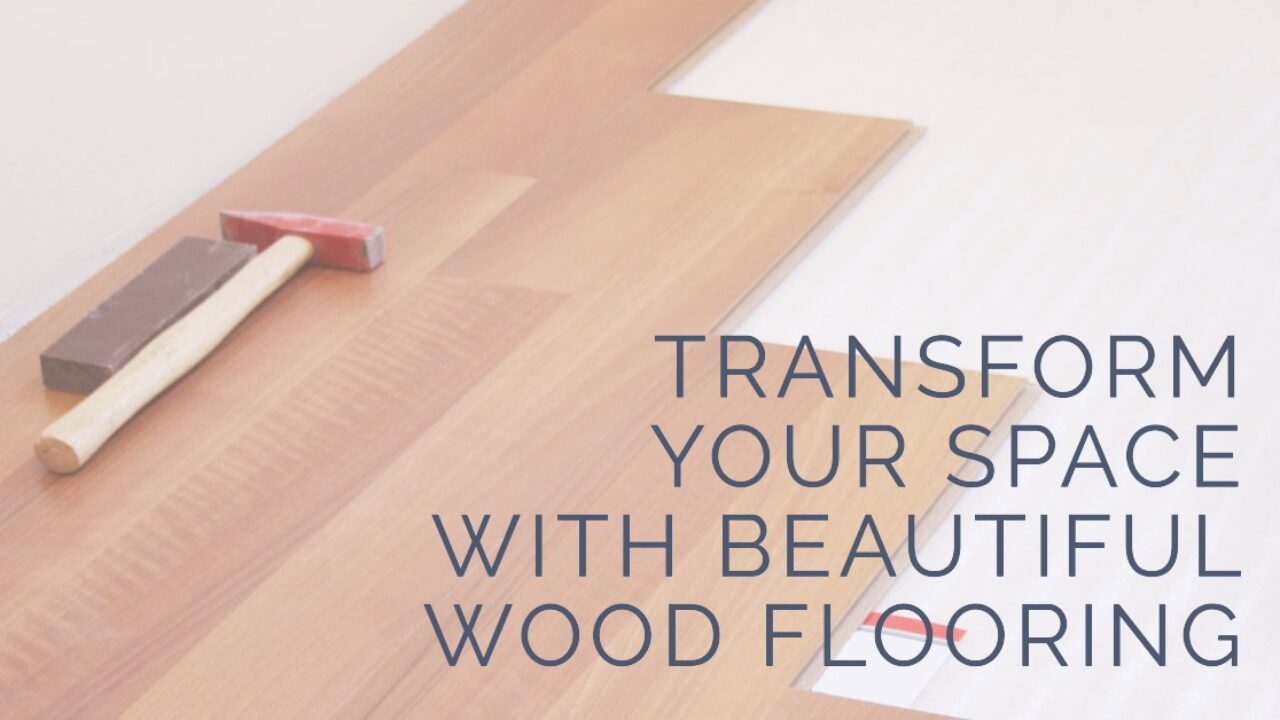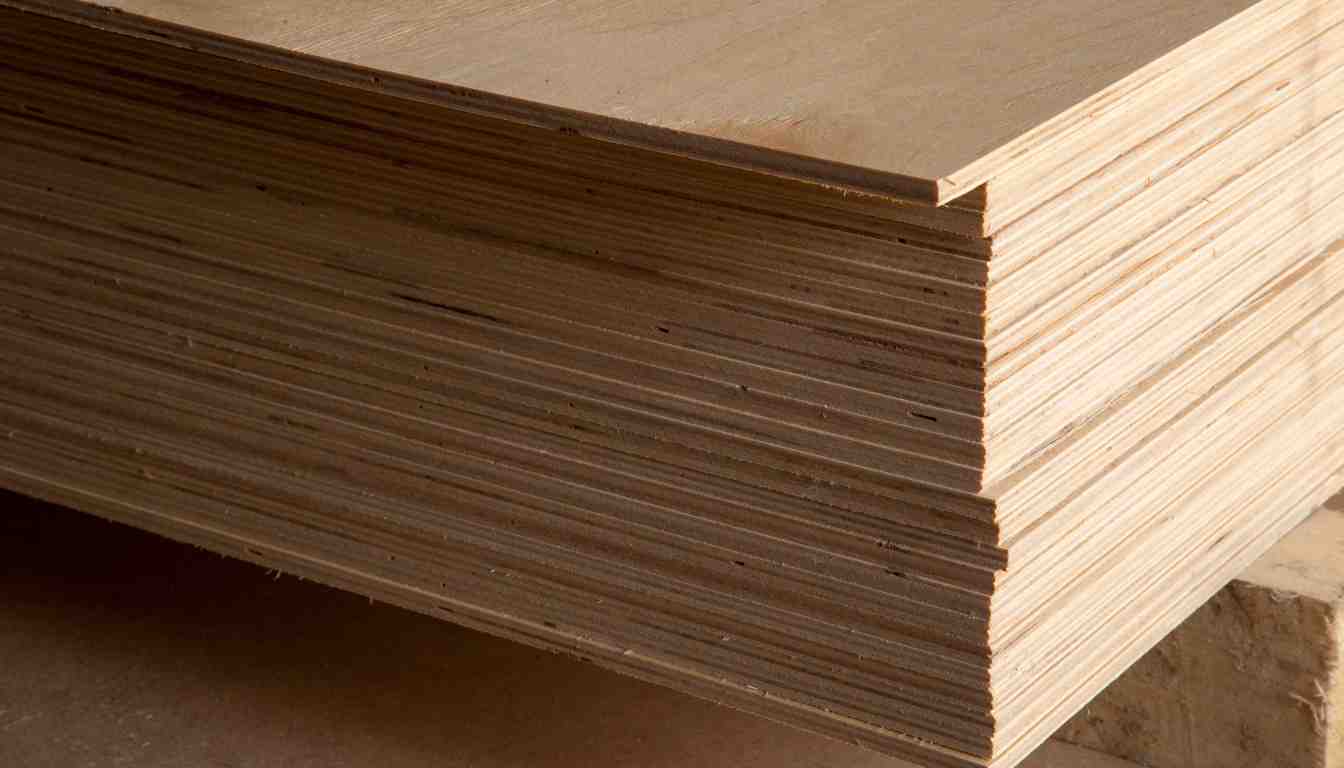Tongue and groove plywood flooring provides a stronger, more rigid subfloor compared to regular plywood, reducing sagging and bounce at joist seams. While installation can be challenging due to tight-fitting joints, the durability and stability make it a preferred choice for quality flooring projects.
With its enhanced structural integrity and seamless finish, tongue and groove plywood offers long-lasting performance and aesthetic appeal. This type of flooring is ideal for areas that require a sturdy and reliable subfloor, such as homes, offices, and commercial spaces.
Its interlocking design ensures a secure fit, preventing shifting and ensuring a smooth surface for various flooring materials. Invest in tongue and groove plywood flooring for a durable and high-quality foundation that enhances the overall look and feel of your space.

Credit: www.wayfair.com
Understanding Tongue And Groove Plywood Flooring
When it comes to flooring options, tongue and groove plywood flooring is a popular choice due to its durability and strength. This type of flooring features interlocking edges that create a seamless and sturdy surface.
Benefits Of Tongue And Groove Plywood Flooring
- Enhanced strength and stability
- Minimizes floor movement and squeaks
- Easier to achieve a smooth and level surface
- Resistant to warping and shifting
Comparison With Regular Plywood
Tongue and groove plywood flooring outperforms regular plywood in terms of stability and rigidity, making it ideal for subfloor applications. While regular plywood is cost-effective, tongue and groove plywood offers superior performance and longevity.
Installation Tips For Tongue And Groove Plywood
- Ensure the subfloor is clean, dry, and level
- Start by laying the first row of plywood with the tongue facing the wall
- Use a tapping block and hammer to secure the joints
- Stagger the plywood panels to create a strong and stable floor

Credit: www.woodandbeyond.com
Choosing The Right Tongue And Groove Plywood
Choosing the right tongue and groove plywood for flooring is essential to create a strong and durable subfloor. This type of plywood minimizes sagging and bounce between joists, providing a more solid base for your flooring. While installation may be more challenging, the benefits of its durability and strength outweigh the additional effort.
When it comes to Tongue and Groove Plywood flooring, selecting the right option is crucial for a durable and visually appealing result. From the best places to purchase to quality considerations and price comparisons, understanding your choices is essential.
Best Places To Buy
When looking for Tongue and Groove Plywood, consider reputable retailers like:
- Lowe’s
- Home Depot
- AW Graham Lumber
- Menards
- Schillings
Price Comparison
Price variations can be observed across different retailers, with approximate costs as follows:
| Retailer | Price |
|---|---|
| Lowe’s | $52.82 |
| Home Depot | $28.00 |
| AW Graham Lumber | $45.39 |
| Menards | $24.89 |
| Schillings | $41.40 |
Quality Considerations
When evaluating the quality of Tongue and Groove Plywood, focus on factors such as:
- Strength and durability
- Finish and aesthetics
- Ease of installation
- Resistance to moisture and wear
Opt for Tongue and Groove Plywood that meets your specific requirements for lasting performance and a beautiful floor.
Tongue And Groove Plywood Subflooring
Tongue and groove plywood subflooring is a popular choice for flooring installations, known for its stability and durability. By interlocking the planks along the edges, this type of subflooring creates a seamless and sturdy base for various floor coverings.
Advantages Of Tongue And Groove Subflooring
One of the key advantages of tongue and groove subflooring is its strength and rigidity, which helps in preventing sagging and bouncing between the joists. Additionally, the interlocking design creates a smooth surface, minimizing the likelihood of unevenness in the flooring.
How To Lay Tongue And Groove Plywood Subfloor
- Ensure the joists are properly spaced and structurally sound before beginning installation.
- Start by placing the first plywood panel with the groove edge facing the wall, ensuring a snug fit against the starting wall.
- Continue laying the panels, ensuring the tongue and groove edges are securely interlocked.
- Secure the panels to the joists using appropriate fasteners, ensuring a uniform and level surface.
Acceptable Gaps And Installation Techniques
During installation, it’s important to maintain a small gap between panels to allow for natural expansion and contraction. The recommended gap is typically 1/8 inch, ensuring the subfloor remains stable over time. Additionally, stagger the panel joints to further enhance the overall strength and stability of the subfloor.
Maintenance And Longevity
Enhance the longevity of your space with tongue and groove plywood flooring. This durable option provides strong subfloor support, reducing sagging and enhancing structural integrity for a lasting finish. Upgrade to a sturdy, reliable flooring solution that stands the test of time.
Support And Durability
Tongue and groove plywood flooring is known for its exceptional support and durability. The interlocking design of the tongue and groove system creates a solid and sturdy floor surface that can withstand heavy foot traffic and furniture weight. This type of plywood flooring provides excellent support for the subfloor, preventing any sagging or bounce between the joists. It is especially beneficial in areas where stability is crucial, such as kitchens, living rooms, and commercial spaces.
Proper Installation For Longevity
To ensure the longevity of tongue and groove plywood flooring, proper installation is essential. Here are some tips to follow during the installation process:
- Prepare the subfloor: Before installation, the subfloor must be clean, level, and dry. Remove any debris or uneven spots, and make sure the surface is free from moisture to prevent warping or mold growth.
- Acclimate the plywood: Allow the tongue and groove plywood to acclimate to the room’s temperature and humidity for at least 48 hours before installation. This helps minimize any potential expansion or contraction after installation.
- Use the right tools: Use a quality adhesive or construction adhesive recommended by the manufacturer to ensure proper bonding between the plywood and the subfloor. Additionally, use a pneumatic flooring nailer or screws specifically designed for plywood flooring to securely fasten the boards.
- Leave appropriate gaps: Leave a small gap, approximately 1/8 inch, between the plywood and the wall or any vertical structures to allow for natural expansion and contraction.
- Apply a finish: Once the tongue and groove plywood flooring is installed, applying a protective finish is crucial to enhance its durability and longevity. Choose a finish suitable for plywood flooring and follow the manufacturer’s instructions for application.
Potential Issues And Solutions
Although tongue and groove plywood flooring offers numerous benefits, there can be potential issues that may arise. Here are some common problems and their solutions:
| Potential Issue | Solution |
|---|---|
| Warped or uneven boards | Inspect each plywood board before installation, and replace any warped or damaged ones. Properly fasten the boards to the subfloor to minimize movement. |
| Moisture damage | Ensure the subfloor is dry and properly sealed before installation. Use a moisture barrier if necessary. Regularly check for any signs of moisture and address them promptly to prevent further damage. |
| Squeaky floors | If the tongue and groove joints start to squeak over time, apply a lubricant specifically designed for floors to reduce friction. If the issue persists, consider reinforcing the fasteners or contacting a professional for assistance. |
| Scratches or wear and tear | Protect the surface of the plywood flooring by using rugs or mats in high-traffic areas. Regularly clean and maintain the floor to minimize scratches. If necessary, apply a fresh coat of finish to rejuvenate the appearance. |
By following proper maintenance practices and addressing any issues promptly, tongue and groove plywood flooring can provide a long-lasting and durable flooring solution for any space.
Tongue And Groove Flooring Resources
Tongue and groove flooring is a popular choice for many homeowners due to its durability and aesthetic appeal. This type of flooring provides a seamless, sturdy surface that not only enhances the overall look of a space but also adds value to the property. If you’re considering installing tongue and groove plywood flooring, it’s essential to know where to find the best resources, reliable suppliers, and get insights from customer reviews and experiences. In this section, we’ll explore these aspects in detail.
Where To Find Tongue And Groove Flooring
When it comes to finding tongue and groove flooring, there are several reputable suppliers that offer a wide range of options. Consider checking out the following sources:
| Supplier | Price |
|---|---|
| Lowe’s | $52.82 |
| Home Depot | $79.58 |
| LL Flooring | $15.33 |
| AW Graham Lumber | $45.39 |
| Menards | $129.99 |
| Schillings | $41.40 |
These suppliers offer a variety of tongue and groove plywood flooring options to suit your specific needs and preferences.
Popular Suppliers
When it comes to purchasing tongue and groove flooring, certain suppliers have gained popularity among consumers. Some of the go-to suppliers for tongue and groove plywood flooring include:
- Lowe’s
- Home Depot
- Menards
These suppliers are known for their quality products, competitive prices, and reliable customer service.
Customer Reviews And Experiences
Customer reviews and experiences can provide valuable insights when considering tongue and groove flooring options. Here are a few online platforms where you can find customer reviews:
- rplumber.com
- eBay
- saltwoodfurniture.com
- City Mill
By reading the experiences and feedback of others, you can make a more informed decision about the quality and reliability of different tongue and groove plywood flooring options.
In conclusion, finding the right resources for tongue and groove plywood flooring is essential for a successful installation. Knowing where to find reliable suppliers and considering customer reviews can help you make an informed choice. Take your time to research and explore different options to find the perfect tongue and groove flooring for your space.

Frequently Asked Questions For Tongue And Groove Plywood Flooring
Is Tongue And Groove Plywood Good For Subfloor?
Yes, tongue-and-groove plywood is excellent for subfloors as it provides a stronger, more rigid base, reducing sagging and bounce between joists.
Is Tongue And Groove Cheaper Than Plywood?
Yes, tongue and groove is generally more expensive than plywood. While it creates a stronger subfloor, plywood is a cost-effective alternative.
How Do You Lay Tongue And Groove Plywood?
To lay tongue and groove plywood, follow these steps:
1. Make sure the joists are properly aligned and level.
2. Apply construction adhesive between the tongue and groove joints.
3. Place the first panel in position, ensuring it is snug against the wall.
4. Nail or screw the panel into place along the seams and into the joists.
5. Repeat this process for the remaining panels, making sure to stagger the seams. Note: Tongue and groove plywood is ideal for subflooring as it provides a stronger and more rigid base.
However, it can be more challenging to install due to the tight-fitting joints.
Can I Use 3 4 Inch Plywood For Subfloor?
Yes, you can use 3/4 inch plywood for subflooring. Tongue-and-groove plywood is recommended as it provides a stronger and more rigid subfloor, reducing sagging and bouncing between joists. However, it can be more challenging to install due to the tight-fitting joints.
It is also more expensive compared to regular plywood.
Conclusion
Tongue and groove plywood flooring offers a durable, strong, and rigid subfloor. It helps eliminate sagging and bounce, making it a superior choice for floor decks. While it may be more expensive and time-consuming to install, the long-term benefits make it a worthwhile investment for any property.


